Hurricane Sandy’s Relationship Effects
November 6, 2012 in Daily Bulletin
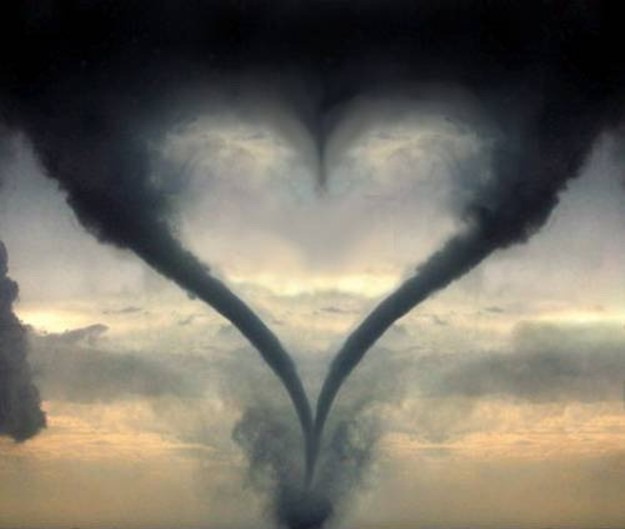
As the United States continues to recuperate from the effects of Hurricane Sandy, Karla Starr looked at what this will mean for people’s relationships:
- After natural disasters the rate of marriage increases. This is likely because during times of stress we see what is dear to us and draw closer to it.
- However divorces also increase. This is possibly because natural disasters cause widespread damage that can add stresses to family life.
- Stress also means that women who were 2-3 months pregnant during Sandy are at risk of giving birth to underweight babies.
- Research suggests that despite popular myths, the birthrate nine months from Sandy will decrease – mostly because people had plenty of warning that the hurricane was coming.
Read more about why manmade disasters are different from natural ones, and the mitigating factors that explain why we so often hear of birth booms nine months after hurricanes over here.
Source: Slate
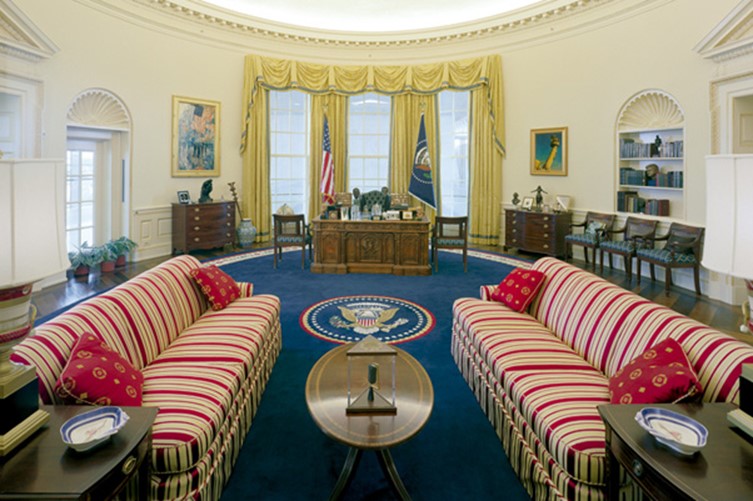
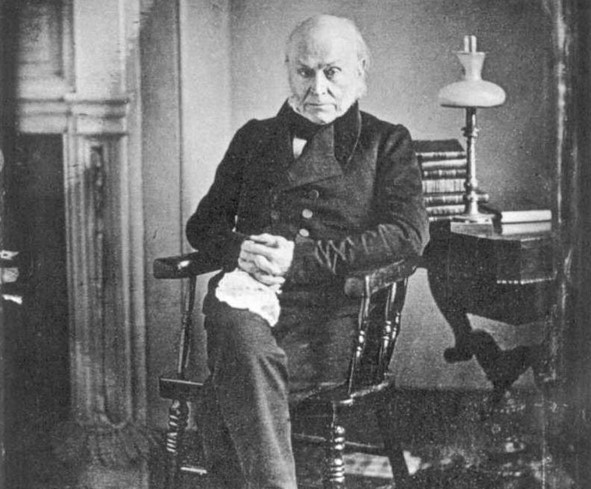


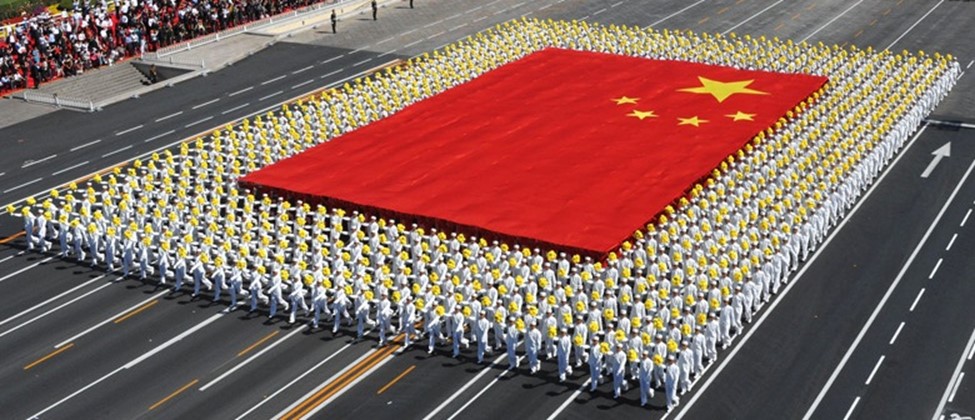


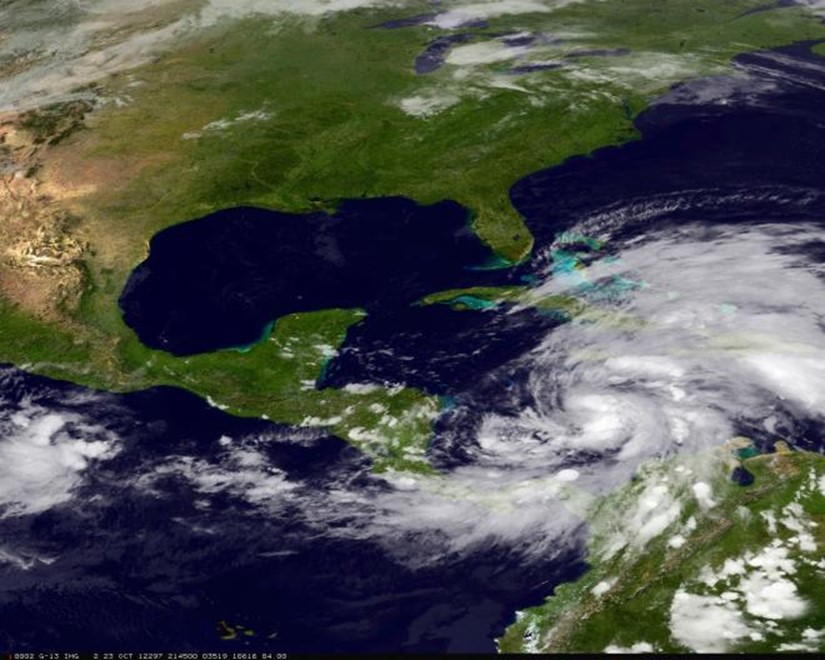

Join the Discussion! (No Signup Required)